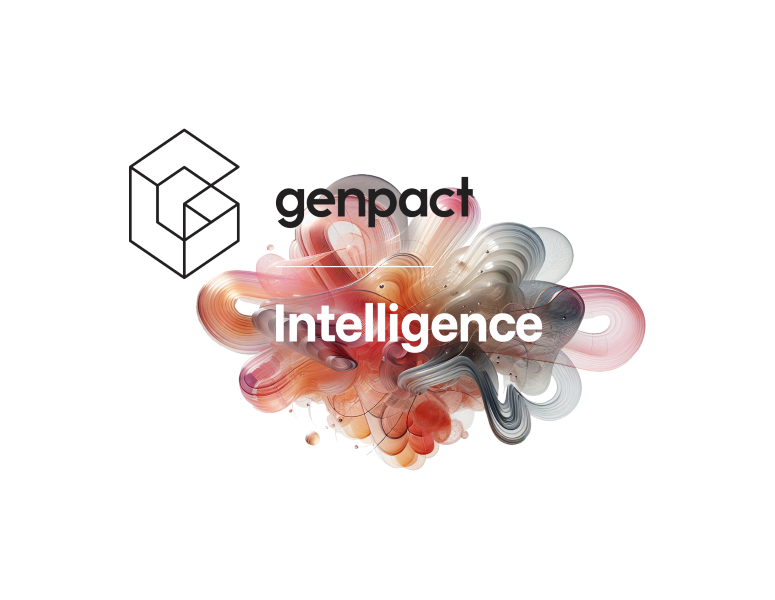Meet the industry-leading companies we partner with to scale the impact we generate for clients.
GNP-408 Test
AI as a profitability engine
AI-powered OM can help drive revenue growth and protects margins. The technology can help facilitate:
- Revenue protection. With more accurate demand forecasting and proactive order tracking, AI helps businesses reduce revenue loss from stockouts and excess inventory. Additionally, customer behavior insights help optimize pricing, fulfillment strategies, and increase revenue per customer
- Cost reduction by reducing inefficiencies in manual order processing, lowering labor expenditure, and minimizing costly mistakes. By optimizing logistics planning, AI also helps to reduce freight, storage, and handling costs, driving overall supply chain efficiency
Critically, AI helps balance cost savings and service quality, enabling businesses to scale profitably while delivering a premium customer experience.
End-to-end visibility
Despite technological advancements, many organizations still struggle with blind spots in the order life cycle. AI helps to eliminate these gaps by providing real-time tracking and data-driven insights across the entire OM process.
Key AI capabilities for enhanced visibility:
- Real-time tracking prevents stockouts, overstocks, and fulfillment errors
- Smarter inventory management ensures businesses meet demand without excess costs
- Coordination with supply chain partners improves delivery accuracy and fulfillment timelines
With a 360-degree view of the entire ecosystem, employees can make data-driven decisions that reduce disruptions.
Efficiency at scale
AI-driven automation is transforming order processing by accelerating workflows, reducing costs, and minimizing errors. These efficiencies create a competitive advantage by enabling businesses to:
- Reduce order cycle time through intelligent process automation
- Enhance order accuracy, minimizing costly returns and associated rework
- Increase touchless processing, driving down labor costs while improving service quality
For those looking to transform their OM function with AI, the next steps include:
- A comprehensive assessment of the current OM landscape, including qualitative and quantitative benchmarks, comparing performance against best-in-class KPIs within the industry. Process maturity frameworks provide a data-backed view of the as-is state across operating models, policies, technology, and controls, while process mining uncovers inefficiencies, compliance gaps, and performance bottlenecks
- Using a digital twin to recreate how processes execute across multiple systems, eliminating human bias, capturing 100% of exceptions, and enabling deep analysis of variations. Persona-based user journey mapping further highlights areas of friction for both customers and employees, ensuring AI-driven improvements enhance the total experience
- Implementing tailored AI-driven strategies with agile operating models to ensure ongoing operational excellence. AI adoption across the OM value chain should focus on touchless order processing, automated validation, intelligent exception management, and dynamic allocation
- Building a scalable analytics foundation, leveraging AI, machine learning (ML), and predictive analytics for smarter decision-making, reporting, and visualization to boost customer lifetime value
By embedding AI strategically across OM, organizations can move beyond efficiency gains to create a revenue-generating, customer-centric function that enhances profitability and competitive advantage.



